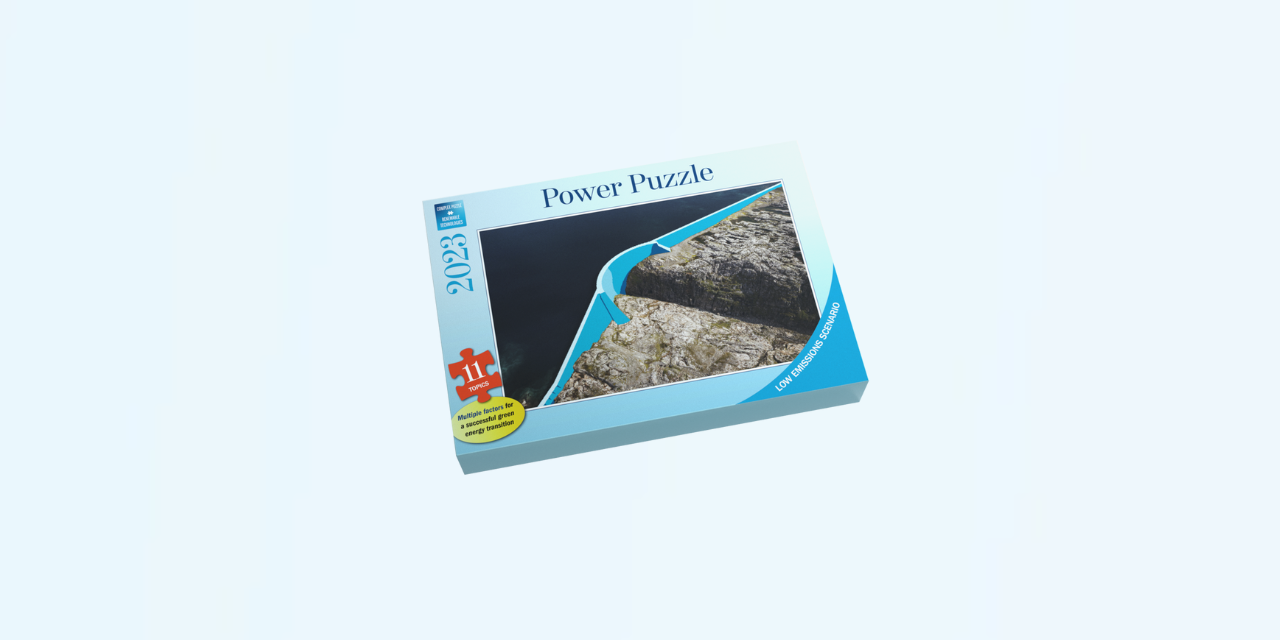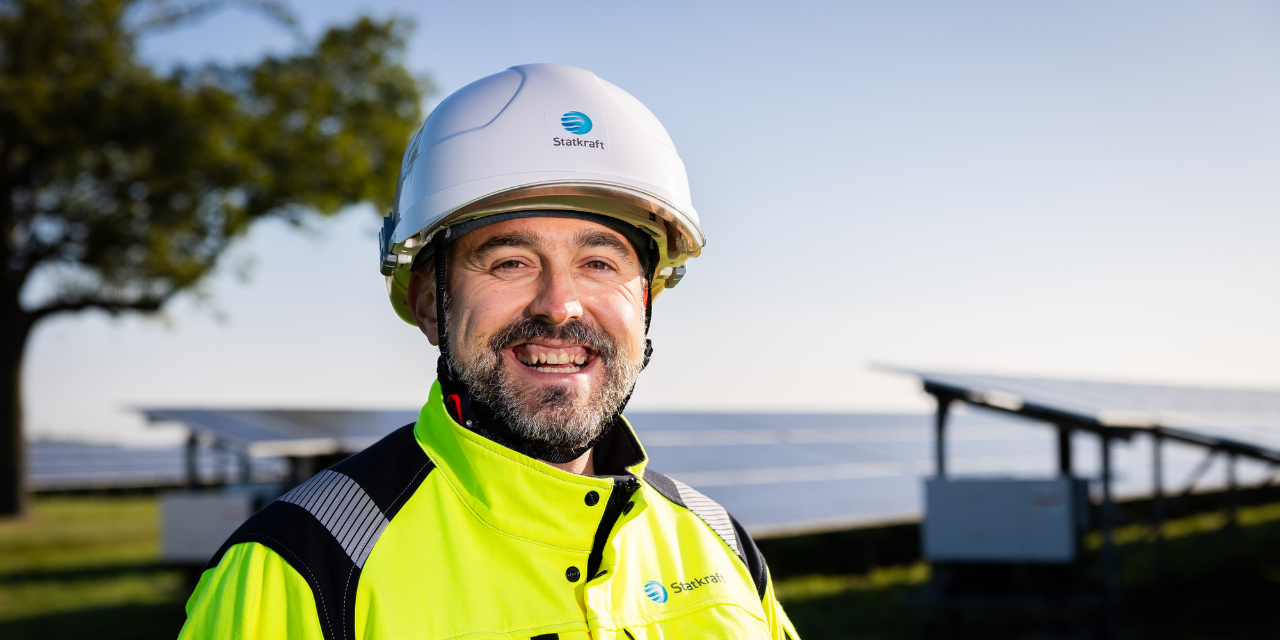
5 questions for Siri Todnem, hydro project manager at the Nesjø dam in Norway
Flexible, secure, and a bulwark against the dangers of potentially catastrophic floods: hydropower infrastructure stands to play an ever-more vital role in our energy future according to our Low Emissions Scenario. We chatted to Siri Todnem, project manager for the rehabilitation of one of Norway’s largest dams, to get up close and personal with hydro.
Ok, Siri, first off: how big is the Nesjø dam
“Big! The Nesjø dam is 1 km long and 40 m high at its highest. That’s about the length of nine soccer pitches end-to-end and the height of two tennis courts end-to-end on top of each other. The total storage volume there is 625 million m3.”
Gulp… that’s big. So, you’re overseeing the rehabilitation of Nesjø: what does that entail practically speaking?
“One of the main jobs has been to build a new drainage tunnel and install new drainage gates. We’re also doing some pretty delicate stonework which will help prevent erosion of the dam slope caused by ice and waves – the winters can be pretty rough here. Each of the stones has to be placed very precisely, one by one.”
What are some of the main challenges in the project?
“First off: weather. Construction work here in the mountains poses extra challenges compared to a project located in the lowlands. It’s a tougher climate and a limited season for construction work. Also, the project has necessitated the draining of the Nesjø reservoir, and that has posed challenges for the environment and required lots of important dialogue with local communities.”
Hydro is regularly described as ‘flexible’. What does that mean, and why is it important?
“So, a water reservoir stores the water we use to create energy, which means that potential electricity can be stored until periods when we need extra energy. Thanks to the water reservoirs and their storage capacity, hydropower can be a flexible power producer and supply us with energy, even when there’s little rain and/or snowmelt.”
Hydro dams are used as key defences against flooding. How so?
“Dams with water reservoirs provide storage capacity for water. As a power producer, we can ensure that we have capacity in the reservoir to store and regulate water in the rivers. That helps us control the flows to reduce the extent of damage during a flood. Something we’re seeing more often with climate change.”
If people should know just ONE fact about hydropower, what do you think it should be?
“That would be a stat: Hydropower accounts for 94.3% of Norwegian production capacity. This means that Norway is completely dependent on hydropower today and will continue to be so in the future. Fortunately, it’s not so bad to be dependent on hydropower, because it is one of the most environmentally friendly energy sources in the world.”
Related articles

If Statkraft’s Low Emissions Scenario were a puzzle, these are the pieces we need
Like any good puzzle, this a complex one. To make sense of it, we asked senior analyst, Espen Bakken Waagø-Wiborg, to help us piece it together, analysing all eleven pieces required to achieve a successful green energy transition.
Read more here

The most common solar power myths…and why they’re not true
To get to the bottom of the top 3 solar power myths, we enlisted the help of Statkraft’s Solar Engineering Manager Paolo Pizzorni, who after 15 years in renewables (and hundreds of MW of solar power to his name) is more than ready to set the solar record straight.
Meet Paolo here




